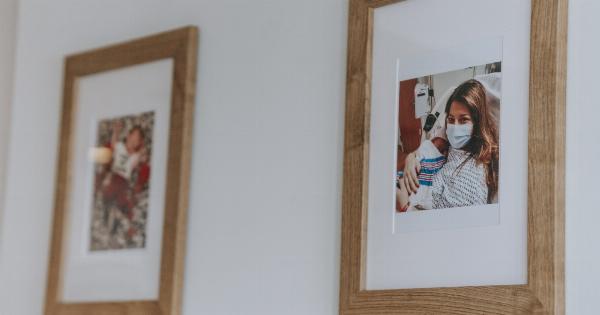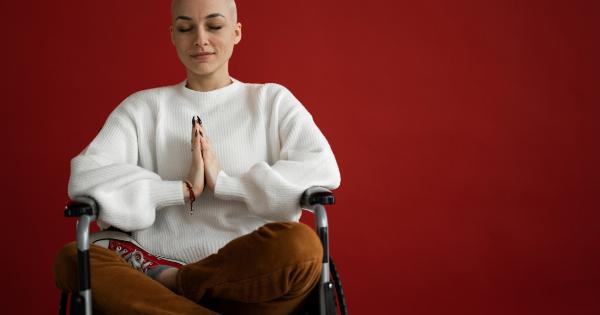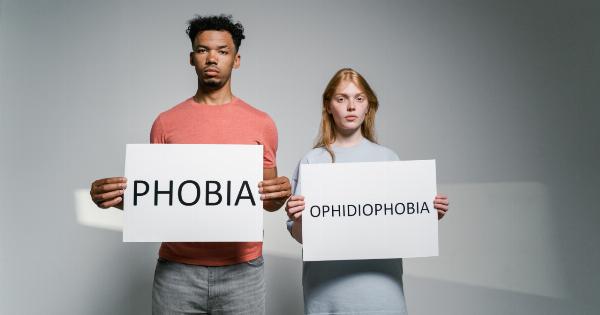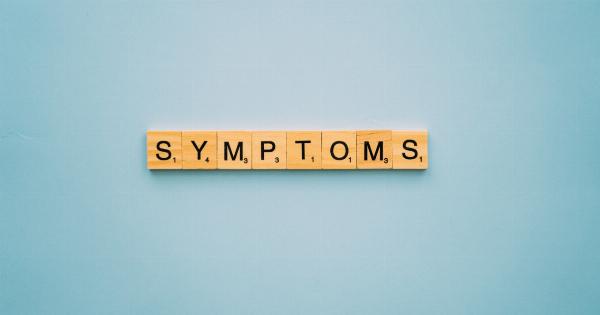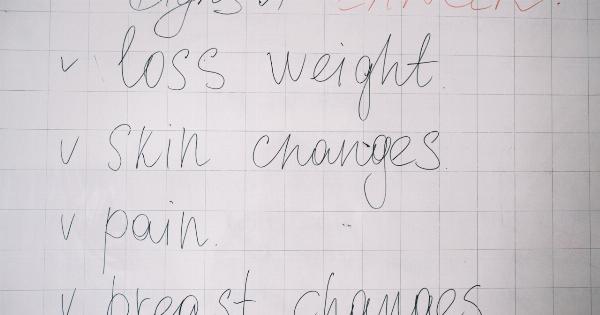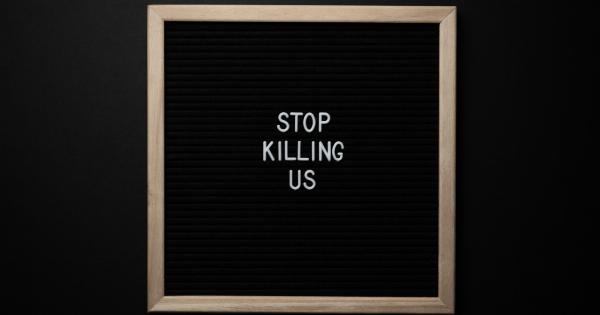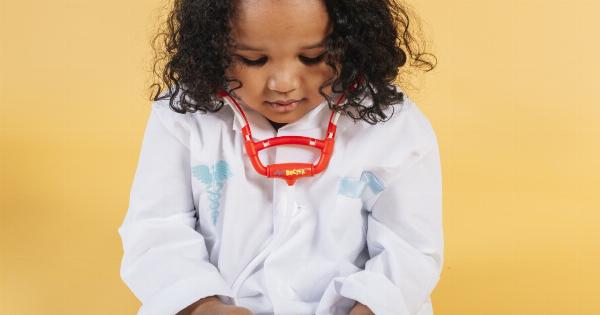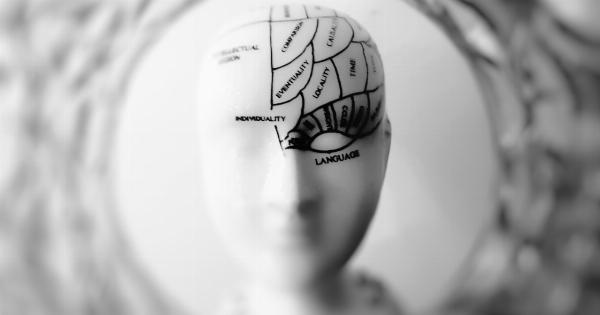Scoliosis is a medical condition that affects the spine, causing it to curve sideways. While it can develop at any age, scoliosis most commonly occurs during childhood and adolescence.
It is essential for parents and caregivers to be aware of the signs and symptoms of scoliosis in children to promote early diagnosis and appropriate treatment. In this article, we will explore the various indicators of scoliosis in children and discuss the necessary steps to take if you suspect your child may have it.
1. Uneven Shoulders
One of the noticeable signs of scoliosis in children is uneven shoulders. When the spine curves, it can cause one shoulder to appear higher than the other. This asymmetry can indicate a potential issue with spinal alignment.
2. Uneven Waist
Children with scoliosis may also exhibit an uneven waistline. As the spine curves, it can cause the waist to appear tilted or uneven. This imbalance is a common symptom seen in individuals with scoliosis.
3. One Hip Higher than the Other
Another common sign of scoliosis in children is having one hip higher than the other. When the spine curves, it can lead to pelvic tilt, resulting in one hip sitting higher than the opposite side.
4. S-shaped or C-shaped Spine
In scoliosis, the shape of the spine deviates from its normal alignment, resulting in an S-shaped or C-shaped curvature. This abnormal curve can often be observed when a child bends forward, as the ribs may appear more prominent on one side.
5. Prominent Shoulder Blade
Children with scoliosis may have a shoulder blade that appears more prominent or sticks out compared to the other side. This protruding shoulder blade can be an indication of spine curvature.
6. Back Pain or Discomfort
In some cases, scoliosis can cause back pain or discomfort in children. This pain is typically localized to the area of the spine where the curvature occurs.
While back pain alone is not exclusive to scoliosis, it can be a potential symptom worth investigating.
7. Restricted Range of Motion
Parents should also be attentive to any limitations in their child’s range of motion. Scoliosis can hinder the flexibility and movement of the spine, making it difficult for a child to rotate their torso or bend forward.
8. Clothes Not Fitting Properly
Pay attention to how your child’s clothes fit. If you notice that one side of their shirt hangs lower than the other or that pants seem to bunch up on one side, it could be a sign of scoliosis.
Uneven clothing fit might result from the asymmetrical shape caused by the spine’s curvature.
9. Visible Curvature
In more severe cases of scoliosis, the curvature of the spine may be visible even without any specific movements.
You might notice an apparent sideways bend or twist in your child’s spine, which should be investigated further by a medical professional.
10. Screening and Diagnosis
If you suspect that your child may have scoliosis or notice any of the aforementioned symptoms, it is crucial to seek medical evaluation.
The primary healthcare provider or a specialist such as a pediatric orthopedist can perform a thorough examination to assess your child’s spine.
During the examination, the healthcare provider may ask your child to stand or bend forward to evaluate the spine’s alignment and curvature.
They may also take X-rays, which provide detailed images of the spine, to confirm the diagnosis and determine the severity of scoliosis.
Conclusion
Recognizing the signs and symptoms of scoliosis in children is vital for early detection and intervention.
By staying vigilant and addressing any concerns promptly, parents and caregivers can ensure that their child receives appropriate care and management for scoliosis. If you suspect your child may have scoliosis, consult a healthcare professional to evaluate their condition and discuss suitable treatment options.


